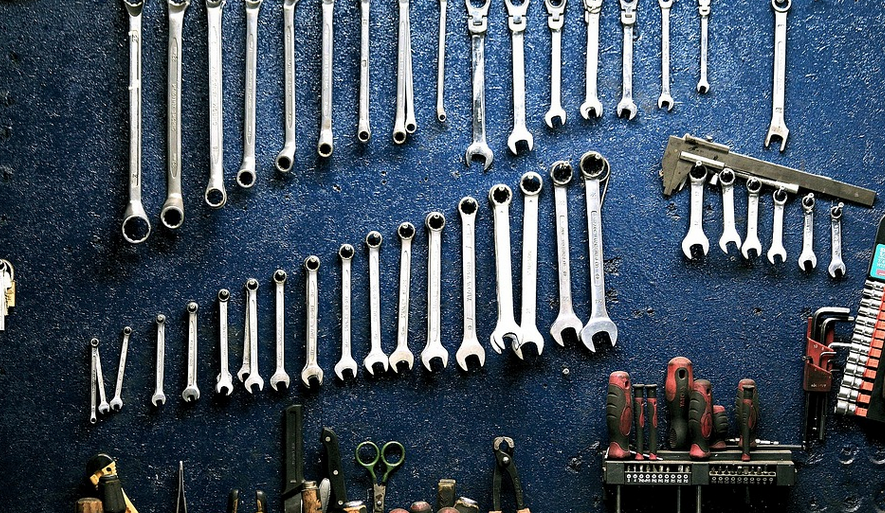Beat the Heat: A Guide to Troubleshooting Your Car’s AC
You flip the AC on, expecting a cool breeze to fill your car. But instead, it just blows warm air? Don’t despair! Many people experience this frustrating problem at some point in their driving journey, and thankfully, there are usually relatively straightforward solutions. This guide will walk you through some of the most common reasons why your auto AC might not be blowing cold air and offer tips to help get that sweet, cool air flowing again.
First things first: it’s vital to understand that dealing with car mechanics can sometimes feel like navigating a foreign country. Don’t panic if you’re unfamiliar with the inner workings of your AC system. There are resources available to guide you through this process, and the journey starts with understanding the key components.
Deconstructing Your Car’s Climate Control
Let’s take a peek beneath the hood – or should we say, under the dashboard? Your car’s AC system is essentially a sophisticated network of interconnected parts designed to create that elusive “cool” feeling. It includes:
- **Refrigerant:** This invisible but crucial component acts as the “transporting agent,” absorbing heat from inside your car and releasing it outside, allowing for cooling.
- **Compressor:** This hardworking engine works tirelessly to compress the refrigerant, raising its temperature and driving the cooling cycle.
- **Condenser:** This component acts like a heat exchanger, transferring absorbed heat from the refrigerant into the surrounding air, where it’s then exhausted out.
- **Evaporator:** This metal coil is coated with a special material that helps absorb and then transfer heat to ambient air, effectively cooling your car’s air.
Each part plays its role in the intricate dance of creating cool air. If any one of these components isn’t working correctly, it can lead to an unhappy AC system.
The Most Common Culprits: Identifying the Problem
There are several reasons why your car might be blowing warm air instead of cold air. Let’s explore some common culprits:
- **Low Refrigerant (Freon):** Ever heard of a “low-pressure” warning? That’s a signal that your car’s refrigerant levels are low, and the AC system is not able to function at its best. This happens over time due to leaks, which can get so severe they require professional attention.
- **Dirty Air Filter:** Your car’s air filter acts like a gatekeeper for airflow. A clogged or dirty one can restrict airflow, impeding the cooling process and leading to warm-air blowing out instead of cool air.
- **Compressor Problems:** The compressor is crucial for moving refrigerant through the system, and if it’s malfunctioning, your AC might struggle to produce cold air. Could be a sign of wear or damage, requiring professional repair.
- **Faulty Thermostat:** Your car’s thermostat acts as a temperature control valve. If this fails, your car may not recognize the need to cool down and keep blowing warm air instead of cold air.
- **Electrical Issues:** Sometimes, it’s all about power! Electrical malfunctions can lead to problems with the AC’s components, such as faulty sensors or switches. Don’t worry, these issues are usually fixable through a professional diagnosis.
These are just some of the most common culprits behind a non-working AC system. But don’t let them discourage you! With the right knowledge and tools, you can get your car back to its cool-air glory.
Diagnosing the Problem: A Guide for DIYers
If you’re mechanically inclined and want to tackle this issue yourself, there are some steps you can take. First, check your owner’s manual: It may contain a troubleshooting guide with simple steps to check various components.
- **Test the Blower Motor:** Sometimes, it’s as simple as checking if the blower motor is working. If you hear no sound or only a faint hum, then you might have a problem with the fuse.
- **Inspect Your Air Filter:** You can often find your air filter under the hood of your car. A clogged one will need to be replaced.
- **Check for Leaks:** Look around where your AC system connects to your engine, specifically in the area under the dash. If you see any leaks, then it might require professional repair.
When To Call a Professional: Getting Expert Help
While some troubleshooting steps can be tackled at home after checking the basic elements, there are times when calling a professional mechanic is essential. These include:
- **Significant Leaks:** If you spot a large leak or suspect a serious issue with your AC system’s components, professional help is crucial. It ensures that the problem is diagnosed and fixed correctly.
- **No Improvement After DIY Troubleshooting:** If your AC still isn’t blowing cold air after attempting some basic troubleshooting, it might be time to call for professional assistance. A mechanic can get to the bottom of the issue with precision.
Saving money and being proactive: Maintenance Tips
Preventing future problems is an art form, but even a slight preventative measure can save you from more expensive repairs later on in the road. Here are some maintenance tips:
- **Regular AC Service:** Just like your car’s engine needs regular changes and checks, so does your AC system! A professional service will ensure everything is in top-notch working condition.
- **Check for Issues Regularly:** Make sure to check your air filter periodically. It is best practice for both maintenance and repair.
The Bottom Line: Enjoy the Cool Breeze!
Remember, your car’s AC system is a critical component for comfort and safety. By understanding some basic principles of how it works, you can take charge of maintaining it properly, enjoying those cool breezes when they’re needed most.
